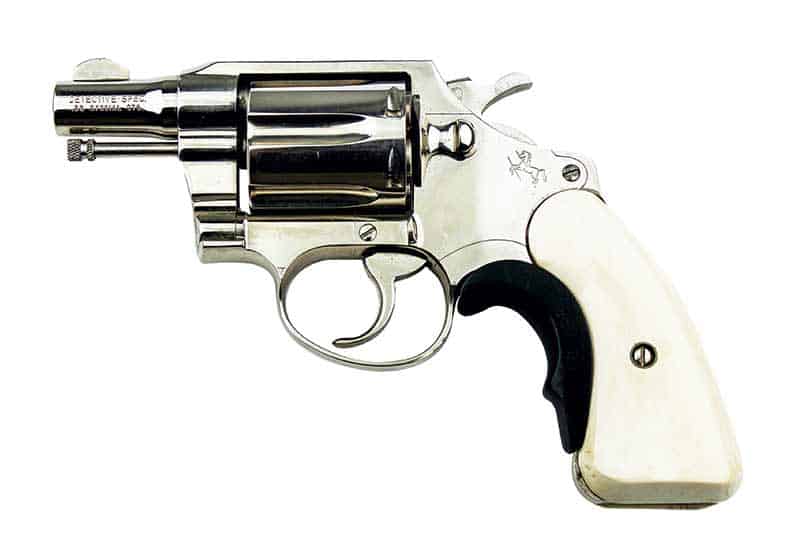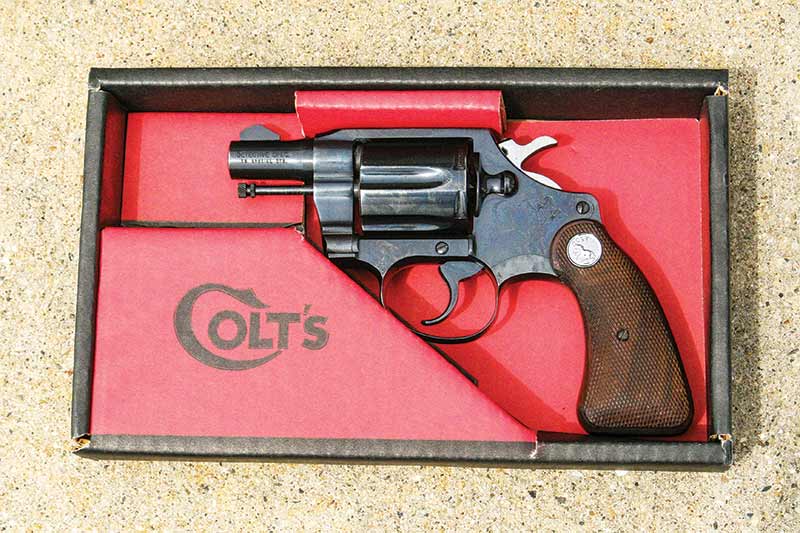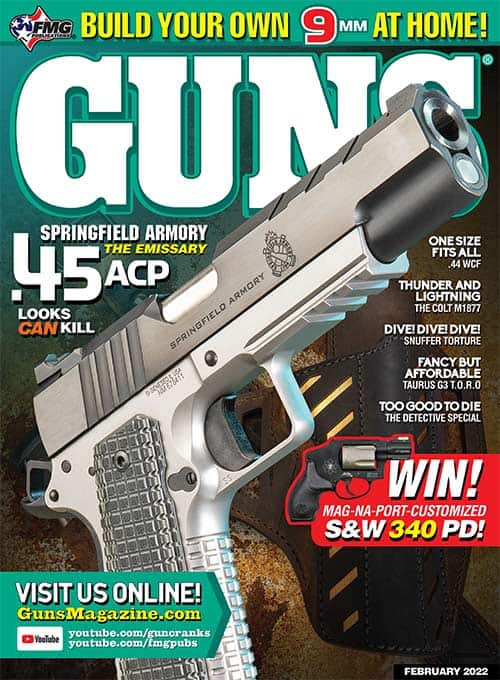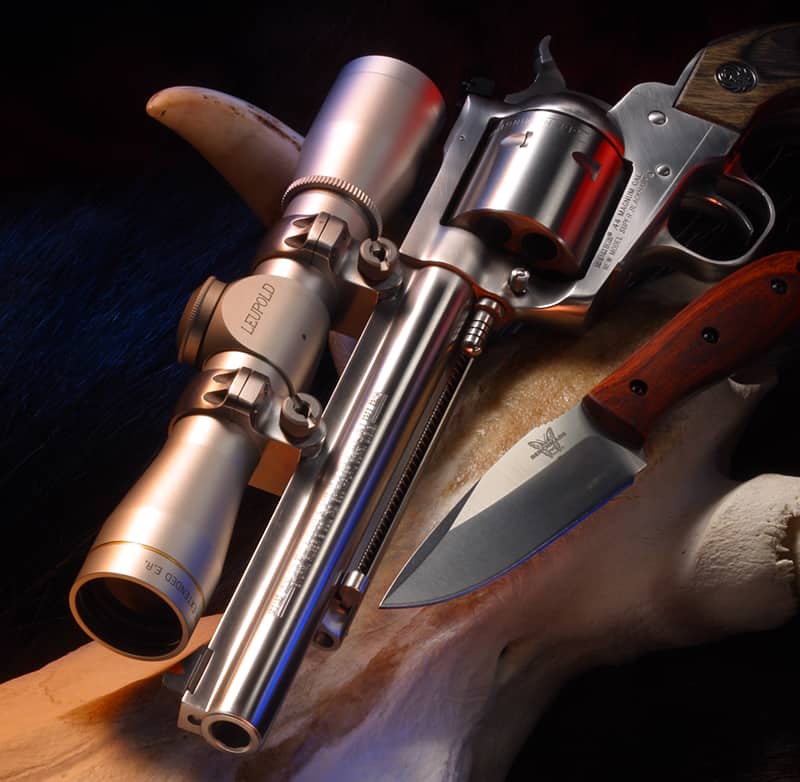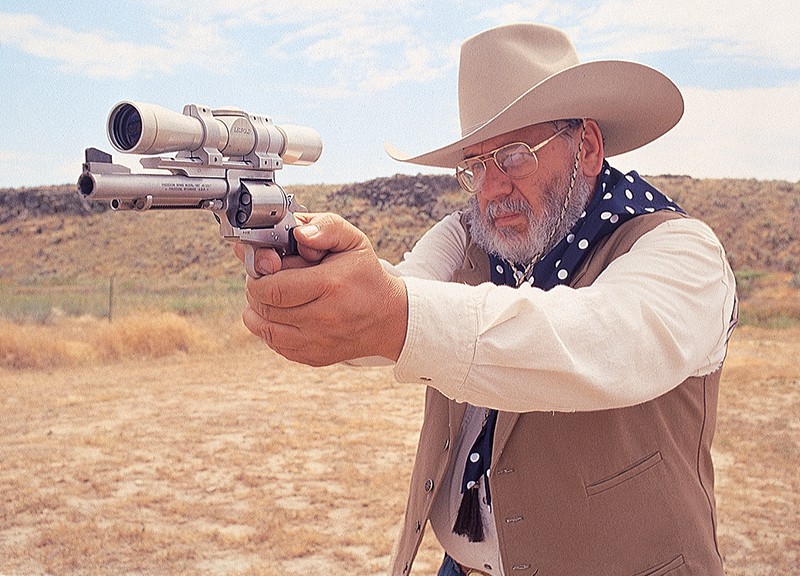The Trend-Setting Detective Special
Too good to go away
The still-popular genre of the small-frame snub-nose .38 Special revolver was quantified in 1926 by Colt. The company’s savvy ambassador J. Henry Fitzgerald had been customizing Colt revolvers into “Fitz Specials” with short barrels, bobbed hammer spurs, and cutaway trigger guards. A large police department, said to be Detroit, ordered a bunch of small-frame (D-Frame) Police Positives with 2″ barrels (but no other Fitz mods) in 1926 and Colt made this variation standard as the Detective Special. It was on gun dealers’ shelves around the country by 1927.
Soon, “Detective Special” had become a generic term for a snub-nose .38 Special. Most gun experts called it simply “the DS.” S&W offered a 2″ barrel on their Military & Police, but with a service-sized frame it was at least 5 oz. heavier. The truly compact .38 Special market was owned by the Colt Detective Special until the five-shot J-Frame Chiefs Special was introduced by S&W circa 1950. Colt still kept pace, though — in the same year they introduced the Cobra, the first aluminum-frame revolver, a lightweight version of the Detective Special weighing just under a pound which started a sub-genre of its own.
Smaller than the Detective Special and cheaper, the little J-Frame S&W quickly vaulted to the forefront of popularity in the snub .38 market. However, the Detective Special still had strong fans. There were good reasons.
The Colt Advantage
Most who paid extra for a snubby Colt were in line with Judge Mills Lane, who said he chose the brand because what he called “Judge Colt” held six rounds and the J-Frame Smith, only five. It was just one cartridge, but in the revolver days it was a 20% advantage and nothing to sneeze at. Some of the more discerning shooters chose it because, at least in its post-WWII generation, it had bigger sights which were much easier to see. The Colt’s longer trigger pull gave it more mechanical advantage and a lighter (albeit two-stage) DA trigger pull. Some aficionados felt they were slightly more accurate than their S&W counterparts due to the Colt’s 1:14″ rifling twist and solid cylinder lockup when the hammer fell.
NYPD was a good example. In 1978 Lt. Frank McGee, head of the Firearms & Tactics Unit there, told me nearly 90% of the street cops chose S&W over Colt for their 4″ service revolver but some 30% picked the Colt for their 2″ backup/off-duty gun. Vern Geberth, head of the Bronx Homicide Task Force and author of the authoritative text on homicide investigation, carried a DS. The same choice of snub was made by Bill Allard, who accumulated the most gunfight kills on the Stakeout Squad, and Ralph Friedman, the department’s most decorated detective ever who used one or the other of his two Dick Specials in several of his 15 gunfights. When NYPD issued HKS speedloaders, those who’d chosen 4″ Smith and 2″ Colt were happy to find both revolvers could be fed with the same loaders.
It even found its way into fiction. Richard Prather armed his popular private eye Shell Scott with one. Movie stars from Humphrey Bogart to Glenn Ford wielded Detective Specials on the silver screen.
Generations
The very first DS had the square butt of the parent Police Positive, but by 1933 Colt had gone to what became an iconic rounded butt configuration. After WWII, the DS got the big, blocky sights that would win favor with serious shooters, and soon a longer ejector rod giving them one more advantage over the competition. Circa 1972, Colt revamped the gun with a heavier barrel which also shrouded the ejector rod. It had a long, sleek ramp of a front sight, but ungrooved, which a lot of us found caused too much glare in daylight shooting. It became popular to have it grooved by gunsmiths like Bill Laughridge and Grant Cunningham, cut to a more “shootable” shape.
Labor-intensive, the Colt finally lost enough competitive ground due largely to its higher price and was discontinued in the mid-1990s. In the late ’90s Colt brought out three new stainless versions with new actions: the DS-II, the SF-VI, and — chambered now for .357 — the Magnum Carry. All were short lived but in 2017 Colt brought it back as — confusingly — the Cobra. Not surprisingly, Colt fans call it the “new Cobra” to distinguish it from the classic lightweight version. With a smooth single-stage pull, it also has an enlarged trigger guard, which unlike its predecessors works well in a gloved hand. It is currently available in several variations.
Obviously, the Colt Detective Special was too good a revolver to die.

Get More Revolver Content Every Week!
Sign up for the Wheelgun Wednesday newsletter here:
